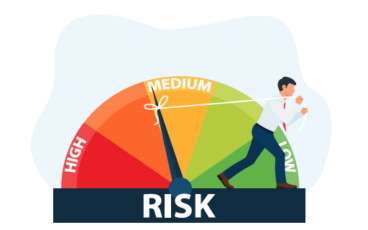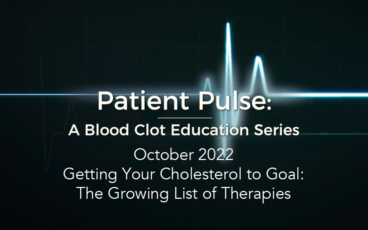About Blood Clots
Prevention
There are two common terms used to describe prevention: “primary prevention” and “secondary prevention”.
- “Primary prevention” means preventing a disease or injury before it happens. So, if you’ve never had a blood clot and are trying to prevent one from happening, that would be considered primary prevention.
- “Secondary prevention” means managing the impact of a disease or injury that’s already happened and trying to prevent another event. So, if you’ve already had a blood clot(s) and want to prevent another blood clotting event, that would be considered “secondary prevention.”
In both primary and secondary prevention, there are risk factors that raise your risk for a blood clot. You can take action to change some of these factors and reduce your risk for a clot.
Risk factors include:
- Immobility
- Dehydration
- Smoking (or use of tobacco/ nicotine)
- Obesity
- Family or personal past history of blood clots
- Recent surgery or physical trauma
- Certain medical conditions, including diabetes, cancer, high blood pressure, high cholesterol, or other diseases that cause chronic inflammation
- Hormone therapy (including birth control, chemotherapies, and gender-affirming hormone therapies
To learn more about blood clot risk factors and how to manage these risks, please visit Prevention of a Blood Clot.
Newest Prevention Articles
About Blood Clots
How Your Body Makes a Clot: The Coagulation Cascade
About Blood Clots
Holiday Helpline: Thrombosis Edition
About Blood Clots
How Can Blood Clots be Prevented?
Prevention
Vaping Myths and Realities
Related Health Topics
Nutrition After a Cardiovascular Event
Related Health Topics
Obesity and Heart Health
Related Health Topics
Cholesterol and Blood Clots: What’s the Connection?
Related Health Topics











